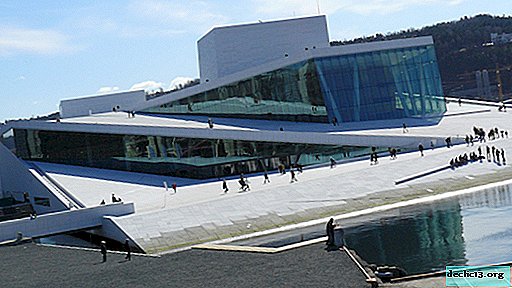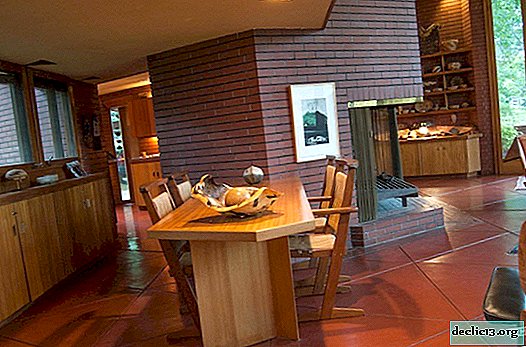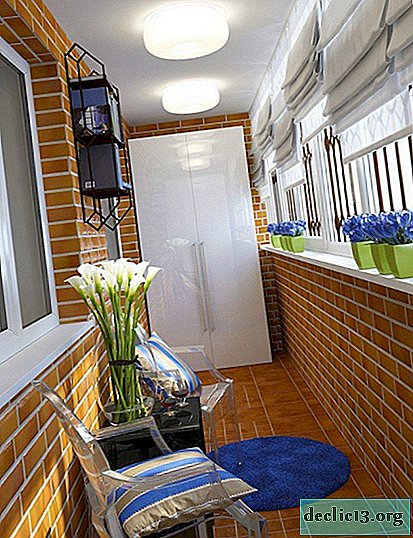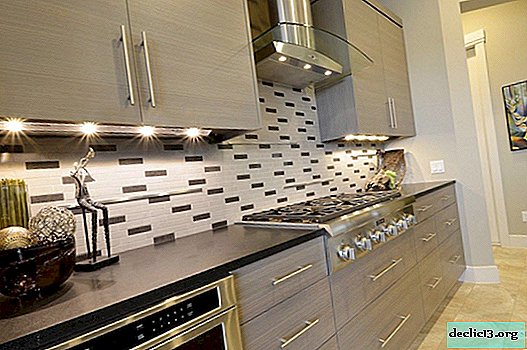Oslo National Opera House
The Opera House (Oslo) is often compared to a snow-white, icy iceberg. The construction, despite the fact that it was opened only in 2008, quickly topped the list of attractions and aroused the interest of millions of tourists with its amazing architecture and, of course, grandiose productions.

General information
The total area of the theater is 38.5 thousand square meters, the main hall with a width of 16 m and a length of 40 m can accommodate 1364 people, there are also two additional rooms for 400 and 200 seats. The exterior of the building is finished with white granite and marble.
Interesting fact! Since the time of the Nidaros Temple, built in 1300, the Oslo Opera and Ballet Theater has been recognized as the largest building in the country.

The decision to build was made by the Norwegian Parliament. More than 350 projects took part in the competition. The victory was won by the local company Snøhetta. Construction work continued from 2003 to 2007. 4.5 billion NOK were allocated for the project, but the company implemented the project for only 300 million NOK.
The opening of the theater took place in April 2008, the ceremony was attended by:
- royal couple of Norway;
- Queen of Denmark
- President of Finland.
It is interesting! In the first year of the National Theater alone, more than 1.3 million spectators visited it.

The main feature of the theater in Oslo is the roof through which you can walk and admire the surroundings. The wild, picturesque nature of Norway is accessible to everyone, you can explore any corner - it was this idea that became the basis of the architectural project. If the rise to the roof of other buildings will entail punishment and even arrest, the building of the opera house allows you to literally touch art. The roof of a futuristic, refracting shape is designed specifically for walking along it. Here you can sit down and admire the Norwegian capital from an unusual angle.
On a note! In the summer months, some theatrical performances take place right on the roof of the theater.
Architecture and design

The Norwegian National Theater in Oslo is designed and built in an ultra-modern style, but the design of the building harmoniously fits into the surrounding landscape. In accordance with the architects' plan, the building was made in the form of an iceberg and was built off the coast. The roof of the theater is assembled, like a mosaic, from three dozen slabs of white marble and goes down to the ground. Thanks to this sloping shape, every tourist can climb to the highest point of the opera and ballet theater and see the capital of Norway from an unusual point.
Interesting to know! In winter, the roof slope turns into a court for snowboarders.


In the central part of the roof stands a 15-meter tower, decorated with stained-glass windows, through which the theater foyer is visible. The roof is supported by columns of an unusual shape, designed in such a way as not to block the view of the theater guests. The outer part of the tower is decorated with sheets of aluminum, the surface of which is decorated with a pattern imitating a weaving pattern.
Interior and engineering communicationsNote! A sculpture is installed in the waters of the fjord. For its construction, steel and glass were used. Since the sculpture is not fixed in any way, the platform moves freely under the influence of gusts of wind and water.

The main stage of the theater looks like a horseshoe - this is the traditional form of stage venues, since in this case it is possible to achieve the best acoustics in the room. The interior is decorated with oak panels. Thus, in the room there is a sharp contrast between the warm surface of the tree and the cold exterior finish, which resembles a snow-white iceberg.
The hall is illuminated by a huge spherical chandelier. It is created from several hundred LEDs and is also decorated with six thousand handmade crystal pendants in the shape of crystals. The total weight of the lighting device is 8.5 tons, and the diameter is 7 meters.

The technical equipment of the stage is recognized as one of the most modern in the world. The stage for theatrical performances consists of one and a half dozen independent parts, each can move in different directions. Also on the stage there is a moving circle with a diameter of 15 meters. The stage is two-level, the lower level is designed to prepare props, decorations and their rise to the stage. Individual parts are moved using a system of hydraulic and electrical mechanisms. Management of the stage, despite its impressive size, is very simple, and the mechanisms move silently.

A 23 by 11 meter curtain looks like foil. Its weight is half a ton. Most of the theater’s power supply depends on solar panels, they are installed on the facade and are capable of producing about two tens of thousands of kilowatt hours per year.
ExcursionsCurious fact! The part of the room where equipment and props are stored is located at a depth of 16 meters. Right behind the stage there is a spacious corridor, along which cars with decorations enter the stage. This facilitates the unloading process.
Excursions are held at the Oslo Opera House in Norway, in which tourists can get acquainted with its inner life, find out how the production process goes and how another masterpiece is born. Guests spend behind the scenes, demonstrate the technical equipment of the scene. Tourists can touch the curtain, visit workshops and see with their own eyes how the decorations and props are prepared.

The guide tells in detail about architecture, guests are shown dressing rooms, rooms where troupe artists are preparing for a performance, are tuned for the role. If you're lucky, you can see the artists in the process of getting used to the image. The most interesting part of the program is a visit to the dressing room. It stores amazing costumes and props for all theatrical performances.

The duration of the tour is a little less than one hour, students of educational institutions who study theater studies have an hour and a half to get acquainted with the theater. Tickets are sold on the theater website. Study tours take place every day at 13-00, on Friday - at 12-00. Guides work in English. Adult ticket will cost 100 NOK children’s - at 60 kroons. The theater accepts applications for tours for families, groups of companies and organizations, school students.
Compare accommodation prices using this form
Helpful information
- Theater Address: 1 Kirsten Flagstads plass, Oslo.
- You can enter the theater lobby for free, it is open: on weekdays - from 10-00 to 23-00, on Saturday - from 11-00 to 23-00, on Sunday - from 12-00 to 22-00.
- Tickets for opera and ballet are listed on the official website of the theater. You need to book a place in advance, because there are a lot of people who want to touch the beautiful art. The site also provides information on preferential ticket prices for children, students and groups of 10 people or more.
- Official website address: www.operaen.no.
- Getting there: By bus or tram to the Jernbanetorget stop.
The Opera House (Oslo) in 2008 in Barcelona received the first prize at the Festival of Architecture, and in 2009 the architecture of the building was awarded the European Union Prize.

















